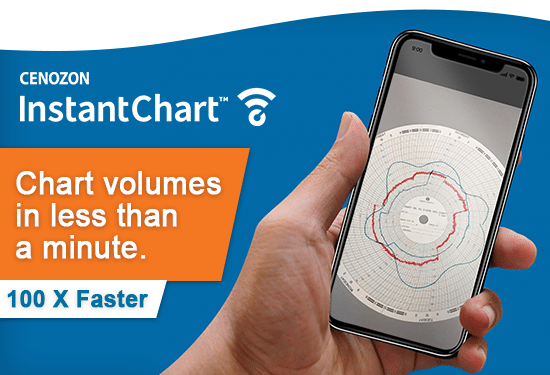July 17, 2018
Artificial Intelligence in Oil & Gas Preventative Maintenance

By Rui Wang – President, Cenozon
To avoid safety incidents, regulation breaches and bad publicity, oil and gas companies are keen to ensure that their field assets are always functioning properly. In order to do so, they have preventative maintenance programs in place.
In order to carry out preventative maintenance efficiently, they make use of proven emerging technological innovations like those derived from machine learning and artificial intelligence (AI). These are hot areas of technology commercialization these days.
What is machine learning? It is the ability of machines (computers) to learn like humans without the need to program them. This learning can be supervised where a teacher directs the learning through training sets of data, it can be completely unsupervised or it can be somewhere in between. Many of popular technology terms have something to do with machine learning. These include data science, big data, data mining, data analytics, statistical learning, pattern recognition and computer vision. In summary, machine learning is the attempt to give computers human-like abilities to process data, find patterns from it, come to conclusions about them and predict outcomes in similar situations in the future.
How is machine learning different from AI? AI is the general field of making computers acquire human-like abilities that make them “smart”, whereas machine learning is a specific application of AI where machines are given a set of data and they process it, acquire inferences from it and generally learns from it like we humans do. Machine learning research has been going on since the 60s, but it is only now that its commercialization in technology has really peaked due to cheap and abundant processing power of computers as well as discovery of new implementation techniques.
These novel techniques are used in preventative maintenance in a number of ways. In general, sensors are applied to assets in the field. They send measurement data which gets accumulated over time. This data is analyzed for trends to predict failure and provide advanced warning before a critical asset incident occurs so operators can plan for corrective action.
In other applications, field data are captured digitally which is then analyzed using AI techniques to determine the measurements in a few minutes. One such application is Cenozon’s InstantChart. It uses AI in the form of computer vision and image processing techniques to analyze the image of meter chart readings captured using a mobile device in the field.

